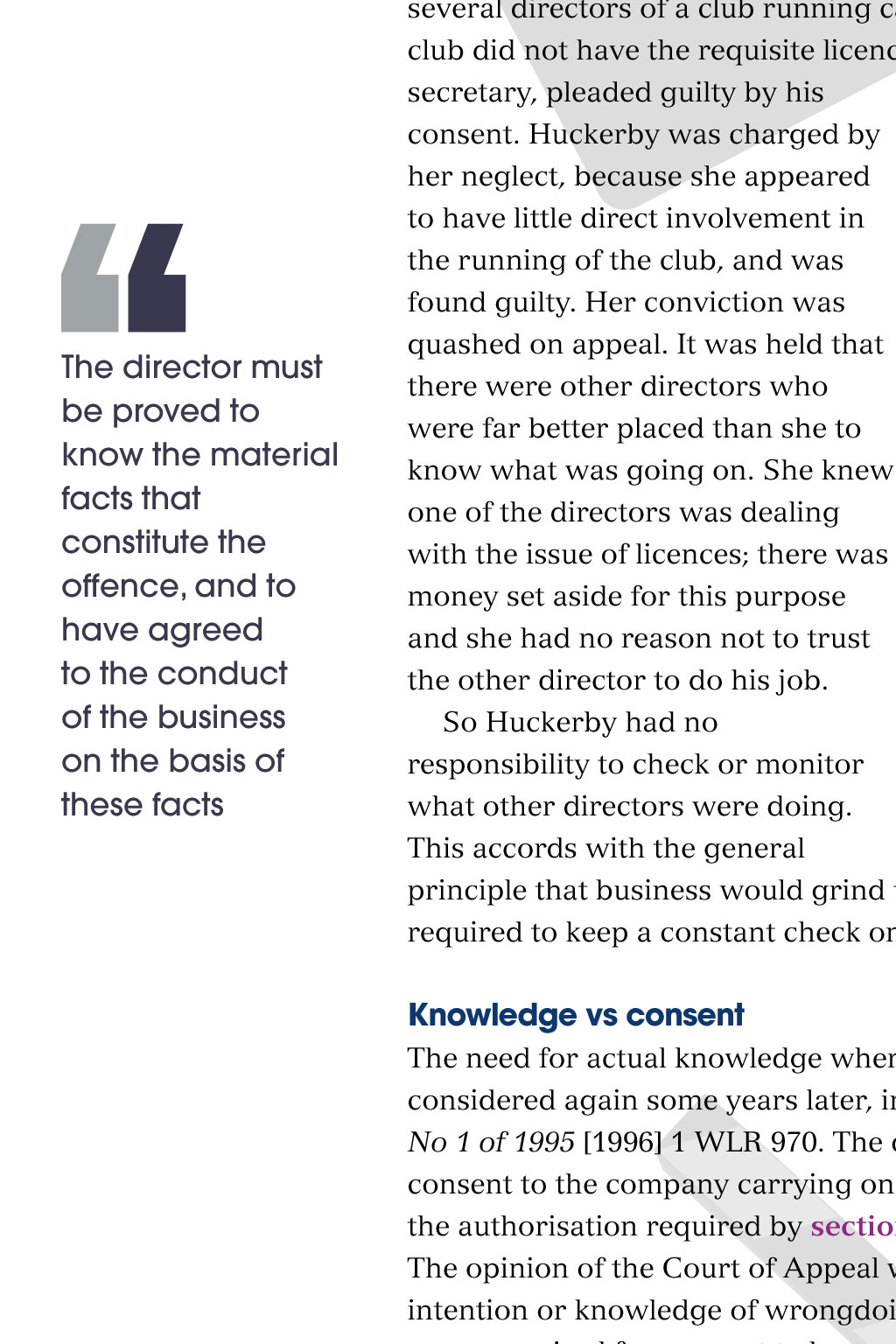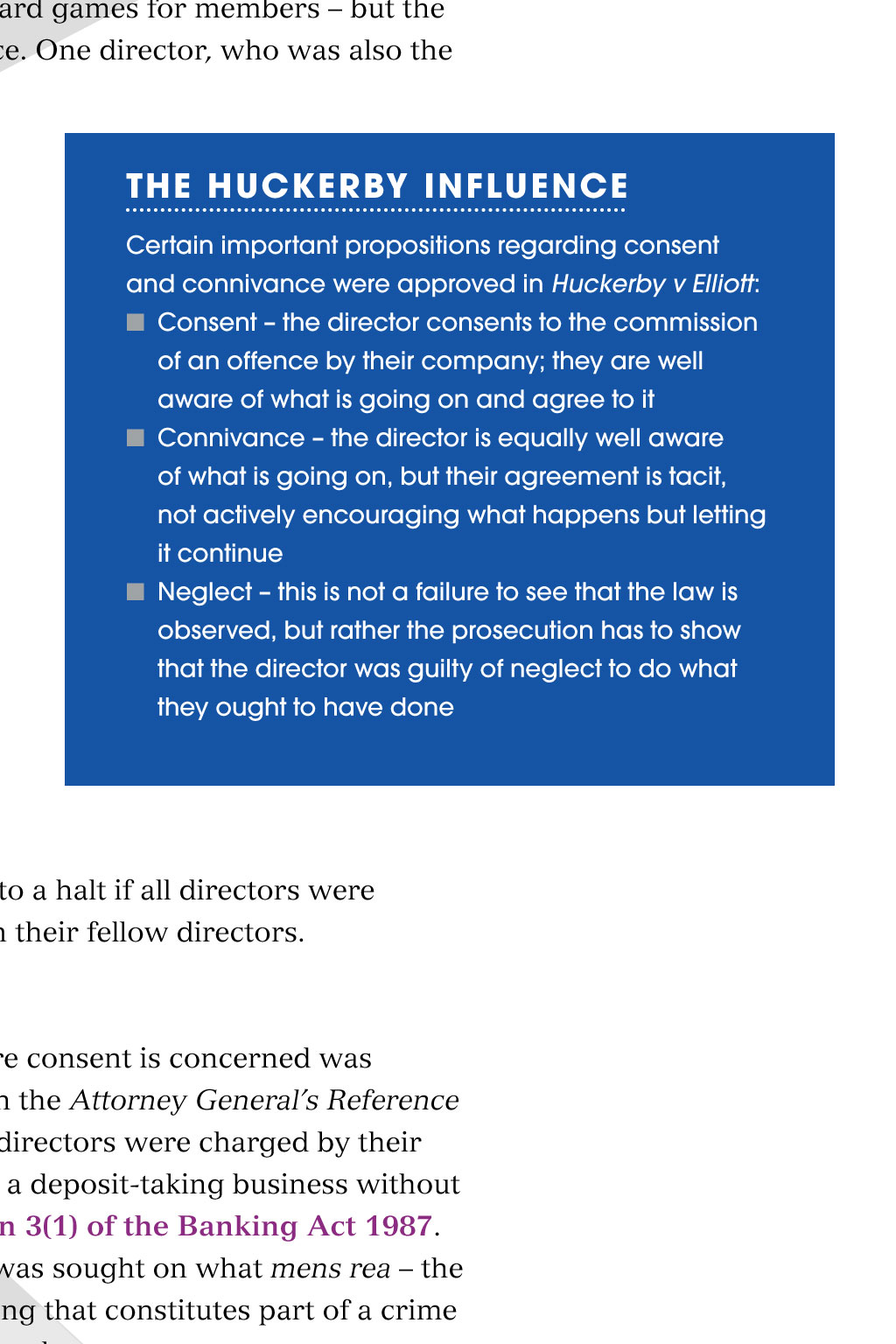












, "24":"Legal In this feature film classification video recordings act human rights Video nasties How can you protect the public from extremely violent or pornographic films? Lee Finch provides an overview of film censorship T MAKING THE RIGHT DECIS ION The Court of Appeal rejected the Classification and unregulated videos defendants appeal (R v Dryzner and another [2014] EWCA Crim 2438), stating that: 1. Article 34 TFEU was qualified by Article 36 TFEU, which permitted restrictions that were justified on the grounds of public morality 2. The requirements and prohibitions imposed by the Act were clearly aimed at protecting children from viewing unsuitable material and protecting the public from exposure to extreme pornographic or violent images 3. The fees payable to the BBFC upon submission of a work were not discriminatory 4. On the evidence available in this case, there was nothing in the argument that it was disproportionate to require innocuous works to be classified 5. Accordingly, the Act was wholly within Article 36 TFEU and did not constitute an illegal restraint of trade (relying on Dynamic Medien) here have been a number of recent developments in relation to unclassified video recordings. So, it is worthreviewing the history of film censorship in the UK and considering what impact the recent developments mayhave. Films have been subject to a form of censorship since at least 1909, when the Cinematograph Act was passed, giving local authorities the power to withhold licenses for cinemas in their region. In 1912, the British Board of Film Censors was founded and the first film classifications were introduced; films could be rated as either U(universal) or A (advisory). Further categories were introduced in 1932 (H horrific), 1951 (X) and 1970 (AA advisory, admission only to those aged 14 years or older). In 1982, the classifications with which we are more familiar were introduced: U, PG, 12, 15, 18 and R18. These classifications only applied to films shown in public, which given the available technology did not pose a problem for much of the 20th century. The introduction of video recorders to the UK in 1978 changed the landscape. Initially, the major film studios were reluctant to release their works on video because of concerns over the impact this would have on cinema box-office receipts. As a result, the early adopters of this new technology were smaller distributors providing pornographic, violent and other potentially obscene content. Some of these video recordings had been declined a cinematic release by the censors and others contained material that would have breached 6. The appeal in respect of Article 10 TAP TO NAVIGATE PAGES ECHR raised the same issues and, for the same reasons, the Act fell within the 1 qualification of Article 10(2) 2 3 4 5 Credits Published You might also like Lee Finch is a barrister at Gough Square Tuesday 24 March, 2015 The blame game March 2015 Chambers. Images: BEELDPHOTO / Shutterstock To share this page, click on in the toolbar existing UK legislation, such as the Obscene Publications Act 1959. Bringing such prosecutions was not straightforward and was only ever a reactive measure. A number of high-profile cases and media attention led to significant public pressure for further action, led principally by Mary Whitehouse and the Daily Mail. One largely unsuccessful attempt to address the issue was the publication by the director of public prosecutions of a list of titles that he believed breached the laws on obscenity the video nasties list. Theeffect of this list was, arguably, counter-productive: entry onto the list increased a films notoriety and effectively amounted to free publicity. Further, there was no guarantee that the video nasty actually breached obscenity laws and a number of prosecutions brought against films contained on the list were unsuccessful. The second Act In 1983, Graham Bright MP introduced a Private Members Bill to the House of Commons, which became the Video Recordings Act 1984. The legislation required all video works except for a limited number of exempt works to be submitted to the British Board of Film Classification (BBFC) before release. Only films that were granted a classification by the BBFC could be lawfully released: it was a criminal offence to supply, or offer for supply, an unclassified video work (section 9 of the Act). This offence was successfully prosecuted for more than 20 years, until it was noticed that a procedural error had been made during the passing of the Act. In 2009, the government announced that the offences under the Act should have been notified to the European Commission under a 1983 Directive (83/189 see now Directive 98/34). No such notification was made. The effect of this non-notification was that the Act was unenforceable against individuals. The government acted by introducing the Video Recordings Act 2010, which repealed and immediately revived the Act, without amendment. This did not, however, solve the problem of the convictions obtained between 1985 and 2009. After the announcement, there were a number of appeals against conviction. On 29 June 2010, the Court of Appeal handed down judgment in R v Budimir and another [2011] QB 744, holding that, in the absence of injustice, there was no requirement imposed by national or EU law that required a national court to reopen a final determination: the convictions obtained while the Act was unenforceable survived. Restraint of trade The ruling in Budimir did not, however, signal the end of attempts to challenge prosecutions brought under the Act on the basis of EU law. The Act prevents video recordings from being placed on the UK market without first having obtained, at not insignificant cost, a classification from the BBFC. This is the case even when the content has already been classified in another European member state and, accordingly, the Act was open to attack as an unlawful restraint of trade. In February 2009, the Court of Justice of the European Union (CJEU) considered a German law that prohibited the sale, to children, of video recordings that had not been examined by the German authorities (Case C-244/06 Dynamic Medien Vertriebs GmbH v Avides Media AG). The CJEU held that Article 34 of the Treaty on the Functioning of the European Union (TFEU) does not preclude such a rule unless the procedure for examination is inaccessible or cannot be completed within a reasonable time. The CJEU relied on the fact that the German law did not act as a blanket prohibition unclassified works could still be sold to adults. What, then, of the comprehensive ban imposed by the Act? In May 2011, Luton Borough Trading Standards visited a shop that was found to be offering for sale 73 DVDs for which the BBFC had not issued classifications. Subsequently, prosecutions were brought for breaches of Section 9 of the Act. It was common ground that the works had not been submitted to the BBFC but, if they had been, a classification would have been issued. Some of the DVDs were plainly cartoons intended for children. The defendants argued that section 9 of the Act was an illegal restraint of trade under Article 34 TFEU and the classification system under the Act was incompatible with their right to free expression as protected by Article 10 of the European Convention on Human Rights (ECHR). The trial judge rejected these arguments. On 14 November 2014, the Court of Appeal rejected the defendants appeal (R v Dryzner and another [2014] EWCA Crim 2438). Exempt works As seen above, the requirements of the Act are highly prescriptive and, on the face of it, cover even completely innocent works. The Act, nevertheless, provides an exemption for works that, taken as a whole, were designed to inform, educate or instruct, or were concerned with sport, religion or music: these works did not require classification. On 1 October 2014, the exempt works provision (section 2 of the Act) was amended so that the exemption is now lost if the work contains any content that could be potentially harmful or otherwise unsuitable for children (a full list of content that may require classification is set out in section 2(1ZA) of the Act). Conclusion So what does all this mean in practice? First, for non-exempt works, the provision of an unclassified video recording can almost certainly be successfully prosecuted. Issues regarding restraint of trade, free speech, innocuous material and proportionality have been considered by the Court of Appeal and determined in favour of rigorous enforcement (it remains to be seen if the CJEU will be asked to definitively decide the legality of a blanket ban, such as that imposed by the Act). Second, in respect of exempt works, the threshold at which the exemption is lost was lowered in October 2014 and, accordingly, it will now be easier to bring prosecutions in relation to, for example, music videos with sexual content or violent sports videos. It is important, however, to sound a final word of warning. The decision on proportionality in Dryzner could be limited by the relatively sparse facts before the Court. We have almost certainly not seen the lastof defences based on EU and Human Rights laws, and an arguable challenge could still be raised against the legality of the Section 9 offencein respect of certain works. Accordingly, caution should be exercised before bringing prosecutions in relation to entirely innocent material, unclassified educational or instructive works that are only sold to adults, and works with high artistic merit. If nothing else, it is questionable whether such prosecutions even if successful would be inthe public interest.